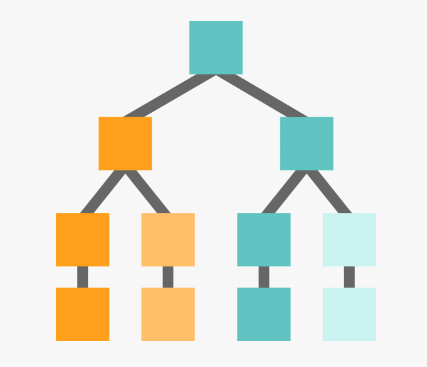Overview: Classification | Reasoning Aptitude for Competitive Examinations - Bank Exams PDF Download
What is Classification?
- Classification, as a cognitive process, involves the task of categorizing items within a particular group based on a shared and distinct attribute they collectively possess. Subsequently, the objective shifts to identifying the 'stranger' or 'odd one out' among them. In this context, candidates are presented with a collection of items, the majority of which exhibit a certain similarity or commonality, while one diverges in a discernible manner. It becomes the candidate's prerogative to discern and select the item that does not align with the established group.
- The scrutiny of classification and odd one out questions serves as a means to gauge the candidate's cognitive capacities, including their prowess in information processing, aptitude for creative thinking, and their proficiency in evaluating distinctions and patterns among objects or concepts. These inquiries challenge the candidate to demonstrate their discernment and analytical acumen in distinguishing the outlier in a given set of items.

Types of Classification Reasoning
Let us see the various types of questions that may come one by one from below.
1. Choosing the Odd Word Based on General Knowledge
In this type of classification reasoning, candidates will be given a bunch of words and they have to pick out the correct one.
2. Choosing the Odd Number
In this type of classification reasoning, certain pairs of numbers are given, and candidates need to find out that one by differentiating the relationship of the given numbers.
3. Choosing the Odd Numeral Pair/group
In this type of classification reasoning, candidates will be given some pairs of groups then they have to find out the wrong one.
4. Choosing the Odd Letter Group
In this type of classification reasoning, candidates will be given some odd letters then they have to find out the wrong one.
5. Choosing the Odd Pair of Word Based on Synonyms and Antonyms
In this type of classification reasoning, candidates will be given some pair of words that have some meaning (synonyms and antonyms)from there they need to choose the correct answer.
6. Choosing the Odd Pair of Word Based on Image Based
In this type of classification reasoning, candidates will be given images among which they have to choose the odd one.
Solve Question Based on Classification
Tip # 1: Classification and odd one out questions aim to judge the candidate’s information processing capabilities, creative thinking ability, and evaluation skills.
Tip # 2: Questions on classification require a strong vocabulary and general knowledge. So be well versed in these subject areas.
Examples
Q1: Choose the word which is least like the other words in the group.(a) Tiger
(b) Lion
(c) Leopard
(d) Cow
Ans: d
Sol: In this group of words, all animals are carnivorous but cows are herbivorous.
Hence, the correct answer is Cow.
Q2: Choose the odd pair.
(a) Volume : Liter
(b) Time : Second
(c) Length : Meter
(d) Pressure : Barometer
Ans: d
Sol: In all options, the second pair is the unit to measure the first one but in option 4, the barometer is the instrument to measure pressure.
Hence, the correct answer is Pressure : Barometer.
|
73 videos|86 docs|121 tests
|
FAQs on Overview: Classification - Reasoning Aptitude for Competitive Examinations - Bank Exams
| 1. What is classification? |  |
| 2. How does classification work? |  |
| 3. What are the common applications of classification? |  |
| 4. What are the different types of classification algorithms? |  |
| 5. What is the role of feature selection in classification? |  |

















